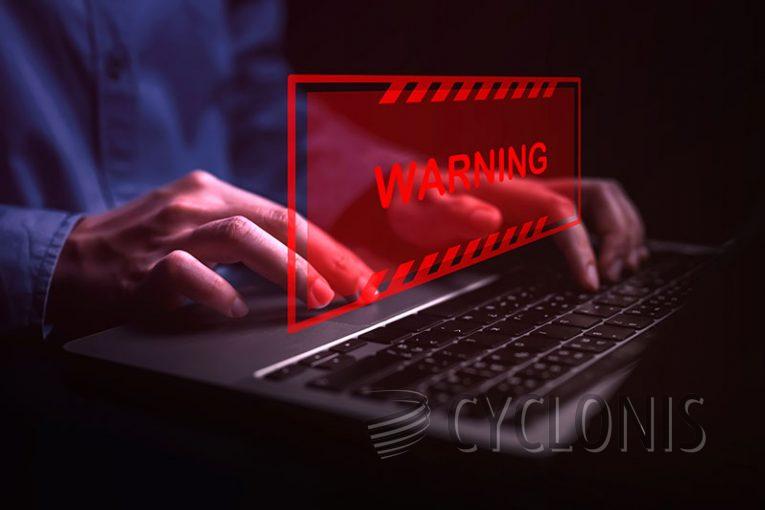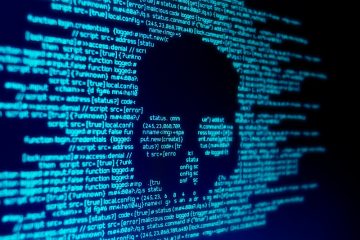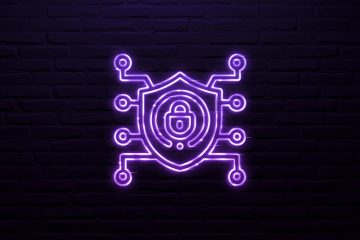"Too Late" Malware

The malware's main goal is to trap victims with a locked screen displaying a wallpaper that simply reads "TOO LATE".
The "Too Late" scam typically infiltrates your computer by disrupting your registry editor with a virus. This virus can spread through various means, such as deceptive emails containing infected files disguised as important documents, invoices, or receipts. Alternatively, you might encounter the virus by clicking on malicious web links while browsing or being redirected to virus-infected sites, often facilitated by unwanted programs like adware causing browser redirects.
The main screen of the Too Late virus scam presents a convincing message, pressuring victims to pay by falsely claiming their computer has a virus that could compromise sensitive information like credit card details.
The ultimate aim of this scam is to lock your screen, where you might be prompted to contact scammers posing as official technicians. They may demand hundreds of dollars to supposedly resolve the issue and unlock your screen, which serves as the scam's end goal.
Furthermore, it's important to note that this virus can pose serious threats beyond locking your screen. It may have the capability to read and write files, log keystrokes, gather personal information, steal passwords, obtain IP and MAC addresses, access your microphone, camera, and location data, and even permanently damage your files. Therefore, removing this virus is strongly advised. Your best bet in dealing with the "Too Late" situation is to use a legitimate anti-malware product.
What is the Difference Between Scareware and Real Viruses?
Scareware and real viruses differ primarily in their nature, purpose, and potential impact on computer systems:
Nature and Purpose:
Scareware: Scareware is a type of malicious software designed to deceive or scare users into taking certain actions, such as purchasing fake antivirus software or providing personal information. It often presents false alerts or warnings about nonexistent threats on the user's computer, aiming to manipulate them into paying for unnecessary products or services.
Real Viruses: Real viruses, on the other hand, are malicious programs or code that infect computer systems with the intent of causing harm, such as stealing data, damaging files, or compromising system security. Unlike scareware, real viruses actively propagate and execute harmful actions without the user's consent.
Propagation and Distribution:
Scareware: Scareware is typically distributed through deceptive advertisements, malicious websites, or phishing emails that trick users into downloading or installing fake security software. It relies on social engineering tactics to exploit users' fear or lack of technical knowledge.
Real Viruses: Real viruses often spread through various means, including infected email attachments, compromised websites, removable media, or exploiting vulnerabilities in software or operating systems. They can propagate autonomously or be deliberately spread by malicious actors.
Impact on Computer Systems:
Scareware: While scareware may not directly damage or infect computer systems like real viruses, it can still have negative consequences. It can deceive users into wasting money on fraudulent products or services, compromise their privacy by collecting personal information, or lead to further malware infections if users interact with fake alerts or download malicious software.
Real Viruses: Real viruses pose a more significant threat to computer systems as they can cause various forms of damage, including data loss, system instability, unauthorized access, and financial loss. They may encrypt files for ransom (ransomware), steal sensitive information (spyware), or turn infected devices into botnets for launching distributed denial-of-service (DDoS) attacks.
In summary, scareware primarily relies on deception and manipulation to exploit users for financial gain, whereas real viruses are malicious programs designed to cause direct harm to computer systems and their users.








